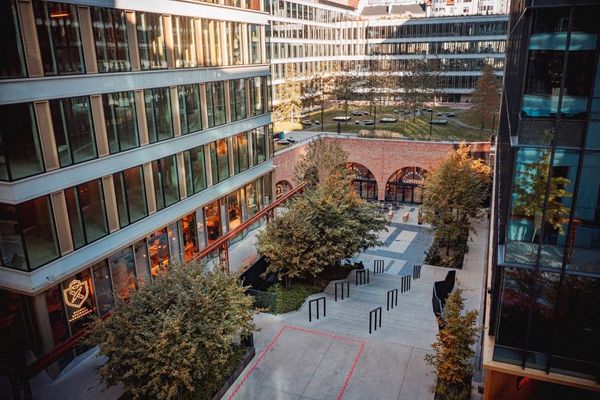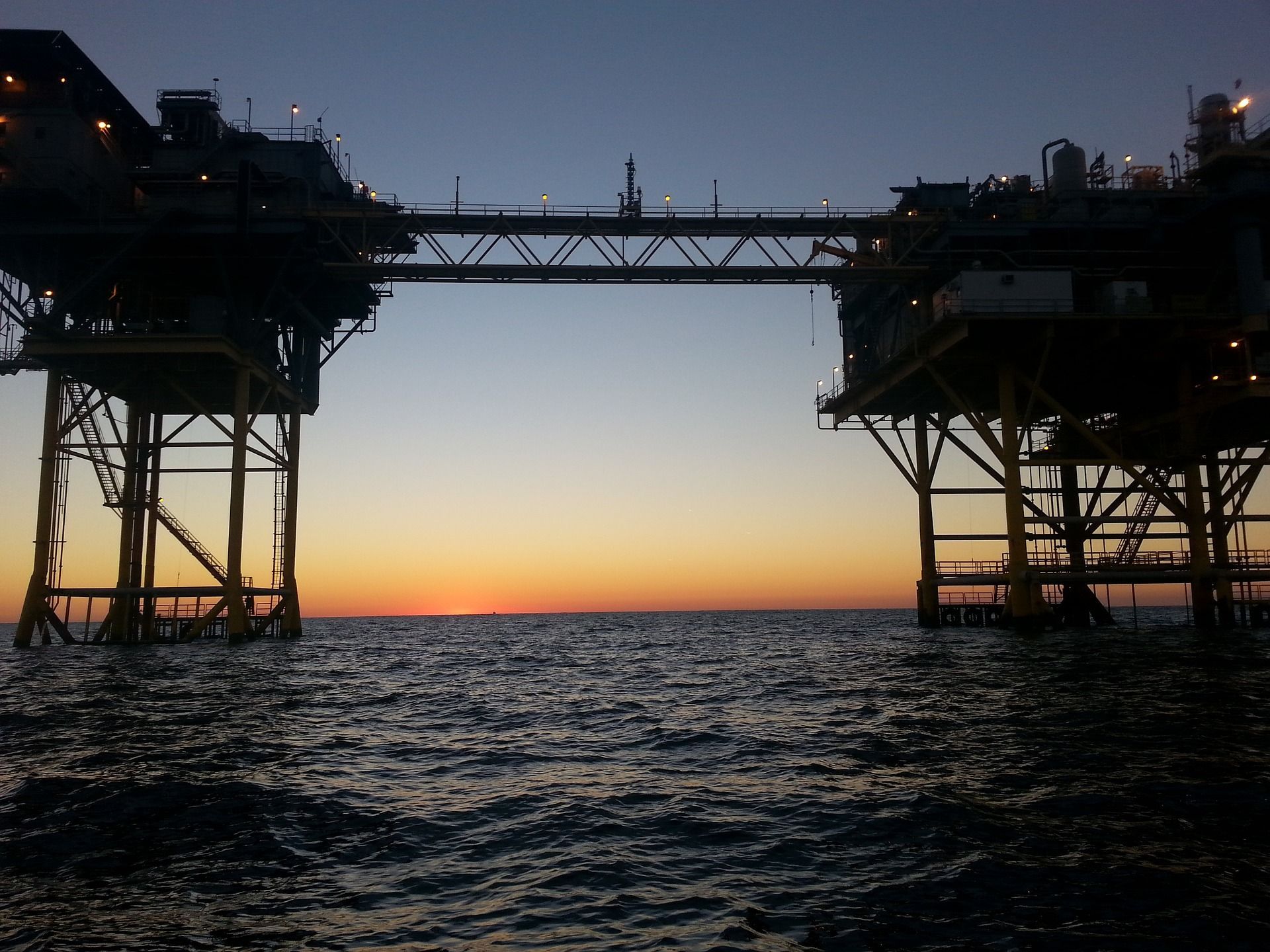The solution might lie at the bottom of the Black Sea.
The Russo-Ukrainian war has made Europe realize that its dependence on Russian energy is not beneficial and makes the continent highly vulnerable. Energy independence and diversification of resources are strongly desired, and some measures have already been implemented to achieve these goals. Romania might become a new top gas producer near the Black Sea, but why do they start the project only now, and when can we expect Romania to become a top gas exporter, replacing Russia?
In April 2022, the Romanian government proposed an amendment to the law on natural gas extraction from the Black Sea. Since 2018, the former so-called offshore law has basically made extracting gas from offshore and onshore gas fields impossible. In this context, offshore means that the drilling happens over the sea, while onshore means gas extraction on land. The previous law imposed a surcharge on the gas producers’ extra revenue, which was one of the reasons why the investors were not so interested in the region despite its potential to be an alternative to Russian gas. In May 2022, barely more than two months after the outbreak of the Russo-Ukrainian war, the law was amended to abolish the surcharge and make conditions more favorable for investors. Thus, Romanians could become a partial substitute for the Russian Gazprom, which largely dominates Central and Eastern Europe’s gas market. Bucharest could help to reduce Europe’s dependence on Russia in the future.
The 2022 amendment modified the aforementioned law adopted in October 2018, which created unfavorable tax conditions (including a tax on the extra income from the extraction), leading to a situation where companies in the field had to suspend their activity. The anti-investor step in 2018 was made even though gas producer giants, such as Austria’s OMV (a significant player in Romania), had already spent more than a decade and USD billions to explore Romania’s natural gas resources for extraction. Therefore, these corporations fiercely criticized the Romanian government’s decision, as they had already invested a lot in Romania when the tax conditions were changed. Nevertheless, it is now evident that Romania has the natural resources to become even the leading natural gas supplier of the European Union. Therefore, the legal change in 2018 was actually a self-defeating measure, delaying Romana’s (future) expansion in the natural gas market.

The 2022 amendment effectively abolished the surtax on extra revenues and modified the distribution of gas revenues to 60% to the Romanian state and 40% to the investors from the previous 70-30 split. This step has made gas production in Romania profitable for investors, leading to future historical milestones. In June 2022, the extraction of natural gas from the bottom of the Black Sea started, and Nicolae Ciucă, Prime Minister of Romania, said:
„Exploitation of the Black Sea natural gas for the first time will strengthen Romania's capacity to ensure the need for natural gas from domestic consumption and thus attain the goal of being energy independent. Ensuring the necessary natural gas from our own resources to a 90 percent extent turns us into a much more competitive market, especially during these overlapping crises. The Romanian Government will always be a partner of all investors who add value to our country and contribute to the well-being of our citizens. The Offshore Law allows the continuation of natural gas exploitation projects in the Black Sea, with prospects of turning Romania into a gas exporter in the coming years.”
Black Sea Oil & Gas (BSOG), founded by the European Bank for Reconstruction and Development (EBRD) and private equity group Carlyle, plans to extract one billion cubic meters of gas yearly from the Midia region of the Black Sea, which will supply around 10 percent of Romania’s needs. Combined with onshore production, this could cover up to 90 percent of the country’s gas needs. BSOG received the necessary permit for extraction from the Romanian Energy Regulatory Authority on 15 June, the first time that gas produced from the Midia field was injected into the grid. According to the plan, 500 million cubic meters of natural gas are expected to be extracted in 2022, and from 2023 onwards, one billion cubic meters per year will be produced. However, the real milestone project will take place only later, probably in 2026.
This is the Neptun Deep project, a deep-water offshore gas field development project. The field’s area is approximately 7,500 square kilometers, with a production capacity of up to ten billion cubic meters per year. Romania’s 70% state-owned Romgaz bought a 50% stake in the field from the American ExxonMobil for $1.06 billion this spring. The other 50% is owned by OMV Petrom (a Romanian oil company controlled by the Austrian OMV), and the production is planned to start in 2026 at the latest. Previous shareholder ExxonMobil and OMV Petrom announced the discovery of a very significant, 42-84 billion cubic meters gas reserve in 2012, roughly 170 kilometers from the Romanian coast. (Exxon and OMV Petrom signed an agreement in 2008 to explore the region’s natural gas reserves jointly.) The Neptun Deep gas field is expected to produce 10 billion cubic meters of gas annually, but the aforementioned law in force from 2018 to 2022 has made the extraction’s launch impossible. The amendment in May finally made the start of real work possible, creating the option for Romania not only to be fully self-sufficient regarding its natural gas demand but also an exporter in the future. Thus, Bucharest could ensure the region’s coveted diversification of natural gas sources.

On 21 November, Romanian President Klaus Iohannis met with the top executives of OMV Petrom at his office, including OMV CEO Alfred Stern, and urged them to start the gas production in the Neptun Deep field as soon as possible, as this investment is crucial for Romania. Iohannis justified the urgency by saying that the law was amended, so the conditions are now adequate for the start of extraction. According to a statement from the President’s Office, OMV Petrom promised to decide on the gas production by mid-2023. Christina Verchere, CEO of OMV Petrom, stated that they want to make the decision as soon as possible, but investors need a fully predictable and transparent legal and fiscal investment environment.
Romania’s increased extraction would benefit the whole region, including Hungary. Transgaz, the technical operator of the Romanian natural gas transmission system, has already built a section of the Bulgarian-Romanian-Hungarian-Austrian gas corridor in Romania, through which these and other European countries could benefit directly from the Black Sea’s natural gas. There are only estimations of how much gas could come from Romania to Hungary. Still, this project would undoubtedly help Central and Eastern Europe, including Hungary, to diversify its energy sources and thus be less dependent on Russia.
Graphics: Roland Molnár

Three Hungarian designers who bring colors back to the winter days

Let’s think realistically










